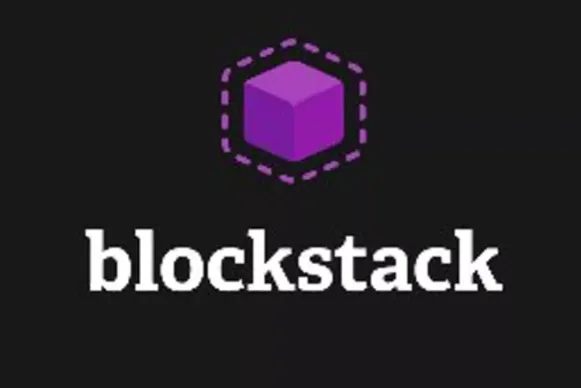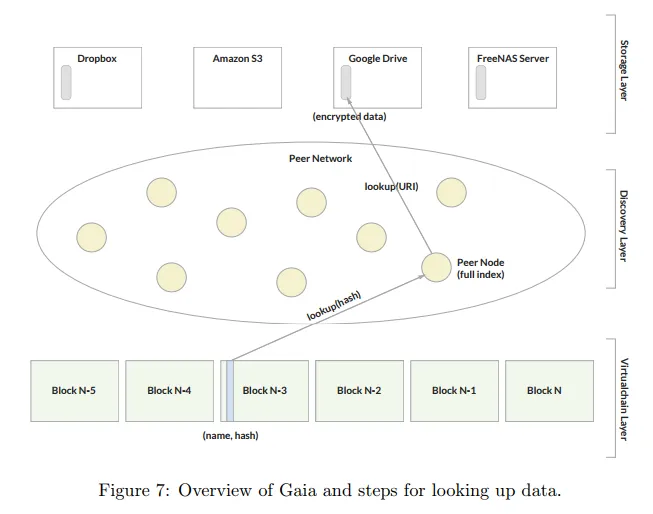Blockstack is bringing us the new decentralized internet. It’s an ambitious project in the works for over three years now.
In my first article on Blockstack I did an overview which the second article went over the Blockstack architecture.
Today’s article goes over the three key layers of Blockstack, the blockchain, peer network, and storage.

Layer one is the blockchain. Blockstack makes use of virtualchains. What that means is that Blockstack runs on top of another blockchain.
Originally they ran the production network on top of Namecoin but then moved over to bitcoin in 2016.
Essentially what the virtualchain does is run on top of the bitcoin blockchain. It hashes metadata into the bitcoin blockchain which provides it a secure global state.
The Blockstack virtualchain can be migrated if the underlying blockchain fails and is designed to withstand hard forks as well.
Layer two is the peer network. In Blockstack it’s called the Atlas Network.
Each node in the Atlas network keeps a 100% state replica of the zone files for BNS, the Blockchain Name System.
Blockstack gets around the limited bandwidth of blockchains by only storing pointers to data values instead of the data itself and organizing it as an unstructured overlay network.
Attacking the network would require attacking a large number of nodes at considerable expense, plus attacking the bitcoin blockchain as well.
Layer three is the storage network called Gaia. It uses traditional cloud storage providers without having to trust them. You can see an overview in the picture below.

With Blockstack and Gaia a user can still use a traditional cloud storage provider like Dropbox.
But when it runs through Blockstack all Dropbox will get is chunks of encrypted data. For the user it will be just like using Dropbox, but through the Blockstack interface.
Like with BNS, the Atlas network just records pointers to your data. All the data is stored on the backend.
This is a really cool feature. You can still use cloud storage, but take back control of your data.
In the next installment I’ll be writing about the Blockstack token, Stacks.